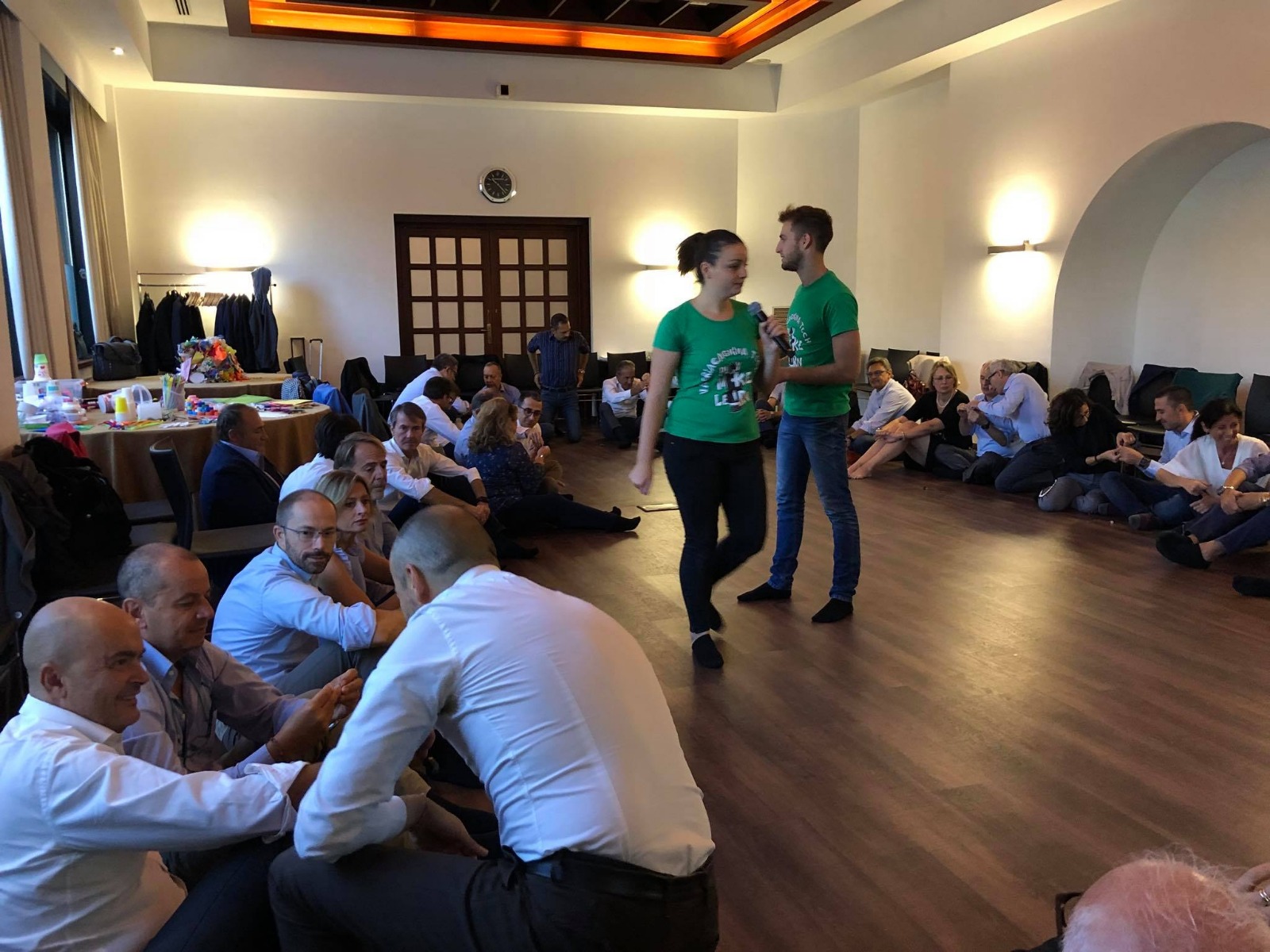The last period of eruptive activity of Vesuvius took place between 1943 and 1944. Starting from the month of August 1943 repeated lava spills from the central cone caused collapses which in turn triggered further lava emissions and explosive activity with slag launches.
After a series of these eruptive pulsations, the scoria cone inside the crater, which had reached a height of 100m, collapsed the 13 March, a warning sign of the imminent paroxysmal phase.

447th Squadron B-25s fly past erupting Vesuvius, 1944
source: https://www.flickr.com/photos/13964815@N00/5492885718
This year 18 March 1944 Vesuvius began its last real eruption with an increase in Strombolian activity and important lava flows that affected the towns of Massa di Somma and San Sebastiano, severely damaging them.
This effusive phase ended on 21 March, followed the next day by a change in the eruptive style with the formation of a 5km high gas column, from the base of which debris avalanches and small pyroclastic flows were triggered. The seismic activity was also intense until the day 23, when the activity was reduced to the sole emission of ashes and explosions that went down until the day 29. The towns most affected by this second phase were Terzigno, Pompeii, Scafati, Angri, Nocera, Poggiomarino and Cava. Naples was spared thanks to the direction of the winds that removed the cloud of volcanic ash from the city.
The overall damage was 26 died due to the collapse of the roofs of the houses under the weight of the ashes; 2 partially destroyed inhabited centers; 3 years of lost harvests in the countryside covered with ashes.
Thanks to the presence of allied troops and film operators to document the war events, that
of the 1944 it was the only eruption of Vesuvius, and probably one of the first in history, to be documented with images shot in real time which were then broadcast on newsreels (the news of the time). [When the effusive phenomenon is exhausted, the last still molten lava leaves the tunnel which, once emptied, cools down permanently, remaining as a fossil evidence of the flow]
Sources:
http://www.ov.ingv.it/…/storia-eruttiva-del-vesuvio/eruzion…







Leave A Comment